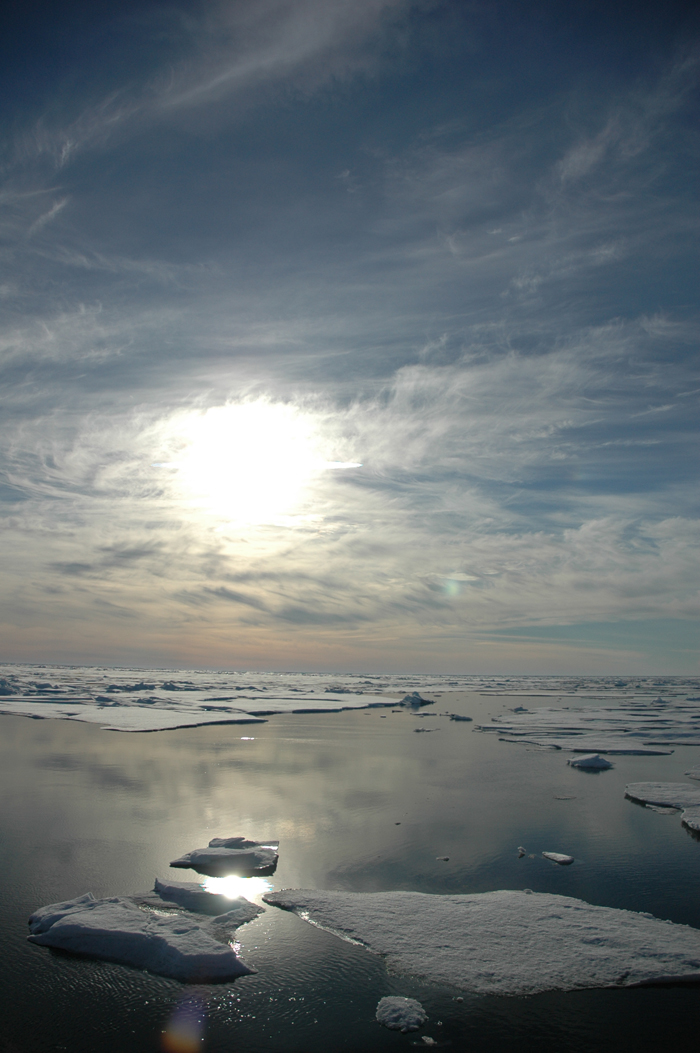
Chemistry
Learning physics
and chemistry
easily and freely - Science for elementary school, middle school and
high school
Free online chemistry lesson for elementary school, middle school and high school.
Sates of matter
Water: freezing and melting ( or solidification and fusion )
The essential about freezing and melting temperature
Freezing of pure water
We can cause the freezing of the pure water by immersing it in a refrigerant mixture having a temperature below 0 ° C. Temperature measurements then show that during solidification, pure water keeps a constant temperature of 0 ° C.
The solidification of pure water always occurs at a constant temperature of 0 ° C
Freezing of salt water
| During
the freezing of a salt
water
it can be observed that its temperature: regularly decreases below
0°C
until it is completely frozen. More generally, during the freezing of a mixture, its temperature keeps on decreasing below the freezing temperature of the pure substance. This conclusion is also true for the vaporization, melting, liquefaction, sublimation or deposition of a mixture. Furthermore, measuring the freezing point of a substance is a method used to check its purity ( this method is called cryoscopy ) |
 |
Photo: Liquid salt water and ice can coexist at negative temperatures because salt water freeze below 0°C Photo courtesy of National Oceanic and Atmospheric Administration/Department of Commerce |
Melting of pure water
Measurements of temperature in melting ice, would show that pure water keeps a temperature of 0°C.
The melting of pure water always occurs at a constant temperature of 0°C.
The melting temperature of pure water is therefore the same as its freezing temperature and it is also true for all other pure substances: melting and freezing occur at the same temperature.
Melting of another substance: cyclohexane
Cyclohexane is a pure substance whose fusion can be compared to that of pure water.
Its melting occurs at a constant temperature, like pure water, but at 6 ° C while the pure water has a melting temperature of 0 ° C
A pure substance changes state at a constant temperature that is characteristic of this substance.
Particularly a melting or freezing at the constant temperature of 0°C is a characteristic that allows to identify pure water.
Learn more
- Salt and the freezing point of water: This article explains why freezing point of salt water is below 0°C and describes molecules of water in this solution.
- Freezing and melting: notes about temperature, energy exchanges and molecules during freezing and melting of various substances.
- The effect of dissolved Salt and sugar on the melting rate of ice: Projet de sciences par un élève qui a fait un travail très sérieux afin de comparer les effets du sucre et du sel sur la température de congélation de l'eau.

©2021 Physics and chemistry


